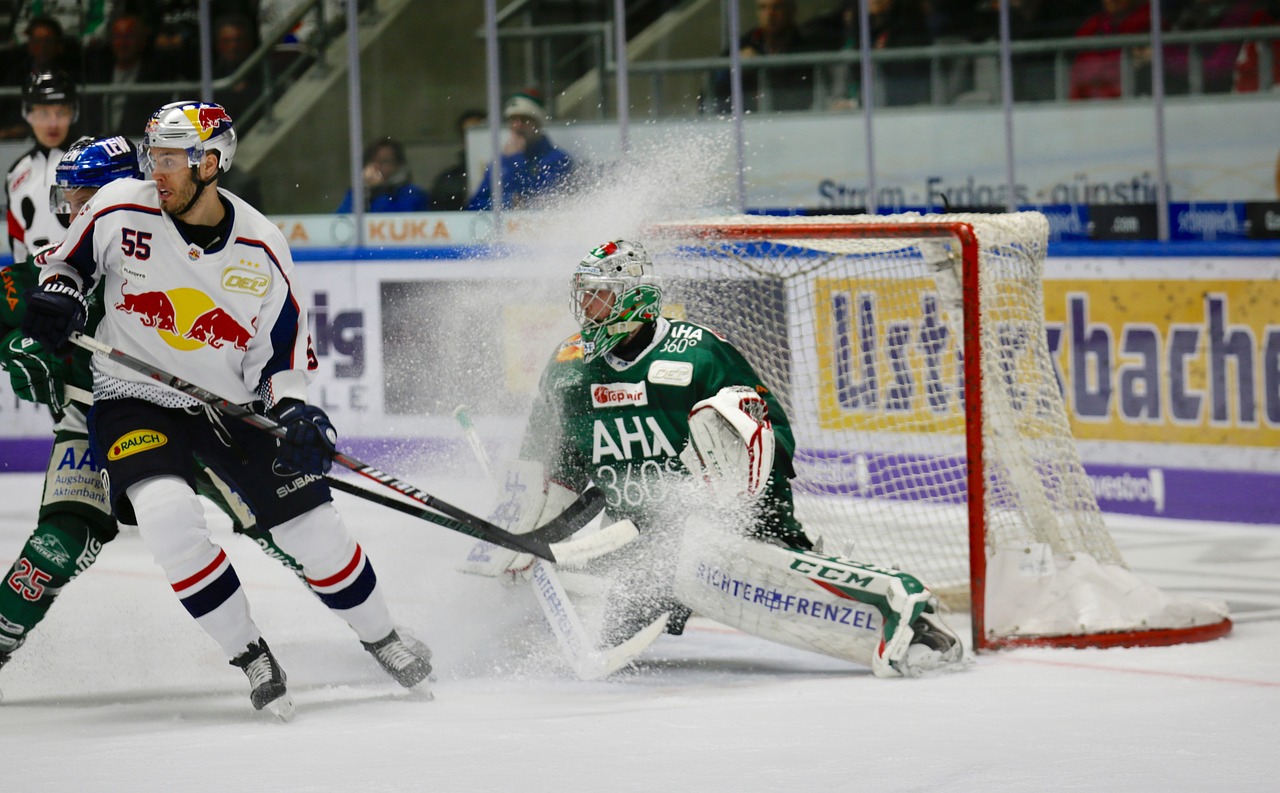What Does the Post-Pandemic Retail Market Look Like?

The pandemic has significantly impacted sales for many UK businesses, including those in the retail sector. Reports from the Office for National Statistics (ONS) show in 2020 total volume of retail sales fell by 1.9% compared with 2019, which is the highest annual fall ever recorded. Clothing and fuel sales were hit particularly badly, facing falls of negative 21.5% and negative 22.2% respectively in 2020, and as of February 2021, they remain below pre-pandemic levels.
While physical stores were shut, we turned to the internet to make purchases, and total online sales rose to a record high of 33.9% as a share of all retail spending. Card spending was low during the first lockdown but increased significantly for the second and third. The ONS reported online spending in the UK increased more in response to the fall in in-person shopping than at the beginning of the pandemic.
It’s clear Covid has changed many things in our world over the last 18 months, including the way we shop. Let’s explore what retail companies are doing to adapt and what the post-pandemic retail market looks like now.
How retail outside the UK is adapting
The pandemic is not only affecting the UK’s retail businesses. Countries such as the US are changing their approach to shopping too. The hands-on experience of visiting a store and testing out lipsticks at the beauty counter or trying on an assortment of clothes could be a thing of the past.
Many US retailers are now veering towards a shopping experience which allows customers to avoid touching surfaces or making physical contact with others. These include touch-free shopping, where customers use apps to scan barcodes or even skip the checkout queue altogether.
Online shopping is becoming even more popular, particularly for grocery deliveries and stores such as Gap, Walmart, and Target. These changes are affecting how these companies utilise their employees, with both Walmart and Target reporting they anticipate an increased need for staff to fulfil online orders and to prepare items for pickup, particularly over the festive season.
The “everything store” is growing to be a popular concept, as big-box retailers like Best Buy, Home Depot and Lowes’ saw sales rocket during the pandemic in the U.S. The idea of a “One-stop-shop” is particularly appealing, both for convenience and to avoid additional contact with others.
The longstanding wealth disparity in the US has been highlighted by the pandemic. Those who are well off appear to be spending online, while the poor rely on big-box retail for all their essentials. This has taken its toll on department stores and specialty retailers.
Interest in shopping at the mall was already falling prior to Covid, and the pandemic hasn’t helped matters. The lack of revenue has spurned many mall-based retailers to file for bankruptcy, with most closing hundreds of stores and some liquidating entirely.
The pandemic has led to a new trend of wearing loungewear during the day, even to run errands or nip to the shops. The new look appears here to stay, which is bad news for companies selling expensive denim and designer suits.
The rise of dark stores
A dark store is a physical retail store used to fulfil online orders. These have grown increasingly popular and demand for dark store retail formats continues to grow in the UK, even as we emerge from the pandemic.
A report from OneStock suggests 67% of consumers used dark stores throughout the pandemic, choosing to click-and-collect and obtain their orders from a non-essential retail store which was closed to the public at the time.
The acceleration of ecommerce has led to 84% of UK customers demanding access to dark stores in the future. The concept is particularly popular among 25–44-year-olds.
How UK businesses need to adapt
It’s clear times are changing and as customer needs evolve, businesses need to do the same. The best way to ensure business success in a constantly changing market is to improve your customer retention. To do this you must understand the current needs of your consumers and identify when these change. Stay ahead of the curve by keeping an eye on current trends in your market and adapt what you can offer to meet these. Strong customer retention will increase sales, resulting in a higher revenue.
There are a variety of customer retention strategies you could implement, including a customer loyalty plan. A loyalty program has many benefits, and can be tailored to your target market to encourage them to buy from you more often and eventually become a VIP customer.















